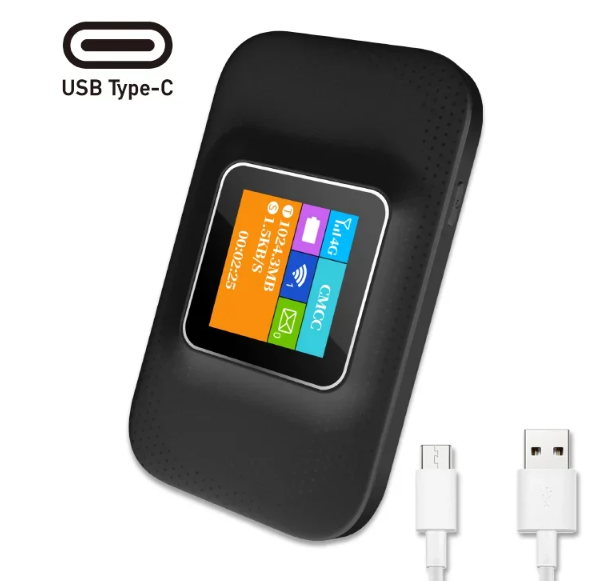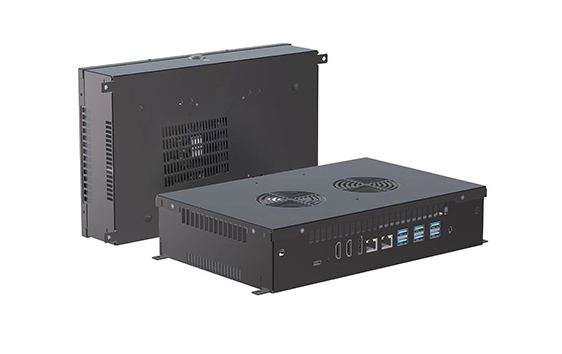Mastering Electronic Soldering: Essential Tools and Techniques for Success
Electronic soldering is a fundamental skill in the world of electronics, whether you're a hobbyist, a professional technician, or an engineer. The ability to join electronic components reliably and efficiently is crucial for creating functional devices. However, to achieve high-quality soldering results, one must be equipped with the right tools and knowledge. In this article, we will explore what you need for electronic soldering, delving into essential tools, techniques, and best practices to elevate your soldering game.
- Understanding the Basics of Soldering
Before diving into the tools required for electronic soldering, it's important to understand the basic principles behind the process. Soldering involves melting a filler metal (solder) to create a permanent bond between electronic components and circuit boards. The most common type of solder used in electronics is a tin-lead alloy, although lead-free options are increasingly popular due to health and environmental concerns.
- Essential Tools for Electronic Soldering
To achieve optimal results in electronic soldering, you will need a well-equipped workstation. Here are the essential tools you should have:
a. Soldering Iron
The soldering iron is the heart of your soldering setup. Look for a soldering iron with adjustable temperature settings, as different components require different heat levels. A wattage between 20 to 60 watts is ideal for most electronic applications. Consider investing in a soldering station that includes a stand, a sponge for cleaning the tip, and a temperature control feature.
b. Solder
Selecting the right solder is crucial. For electronics, a rosin-core solder is recommended, as it contains a flux that helps clean the surfaces being joined. Choose a solder diameter that suits your projects; typically, 0.6mm to 1.0mm is ideal for most electronic work. If you prefer lead-free solder, look for options that contain tin, copper, and silver.
c. Flux
Flux is a chemical cleaning agent that enhances the flow of solder and prevents oxidation. While rosin-core solder contains flux, additional flux can be beneficial for complex joints. Consider using a liquid or paste flux for improved results, especially when soldering larger components or circuit boards.
d. Soldering Iron Tip Cleaner
Keeping your soldering iron tip clean is essential for effective soldering. A brass sponge or a wet sponge can be used to wipe off oxidation and old solder. Regular cleaning ensures better heat transfer and improves the quality of your solder joints.
e. Wire Cutters and Pliers
After soldering, you'll need wire cutters to trim excess leads from components. A pair of needle-nose pliers can also be helpful for bending and positioning components before soldering.
f. Safety Gear
Safety should always be a priority when soldering. Invest in safety glasses to protect your eyes from solder splashes and fumes. A fume extractor or a well-ventilated workspace is also recommended to minimize exposure to harmful fumes.
- Techniques for Successful Soldering
Having the right tools is only part of the equation; mastering soldering techniques is equally important. Here are some tips to ensure successful soldering:
a. Preparing the Work Area
Before you start soldering, ensure your workspace is clean and organized. A clutter-free area minimizes the risk of accidents and allows for better focus on your work.
b. Component Placement
Properly place components on the circuit board before soldering. Ensure that leads are inserted fully and that components are aligned correctly. Use a small amount of adhesive or tape to hold components in place if necessary.
c. Heating the Joint
When soldering, heat both the component lead and the pad on the circuit board simultaneously. This ensures that the solder flows evenly and creates a strong bond. Avoid applying solder directly to the soldering iron tip, as this can lead to cold joints.
d. Inspecting Solder Joints
After soldering, inspect each joint for quality. A good solder joint should be shiny, smooth, and have a concave shape. If a joint appears dull or has a rough texture, it may indicate a cold joint that needs to be reworked.
- Conclusion
Mastering electronic soldering requires the right tools, techniques, and a commitment to safety. By equipping yourself with the essential tools outlined in this article and practicing proper soldering techniques, you can create reliable and high-quality electronic connections. Whether you're building your own projects or repairing existing devices, effective soldering skills will serve you well in the ever-evolving world of electronics. Happy soldering!

